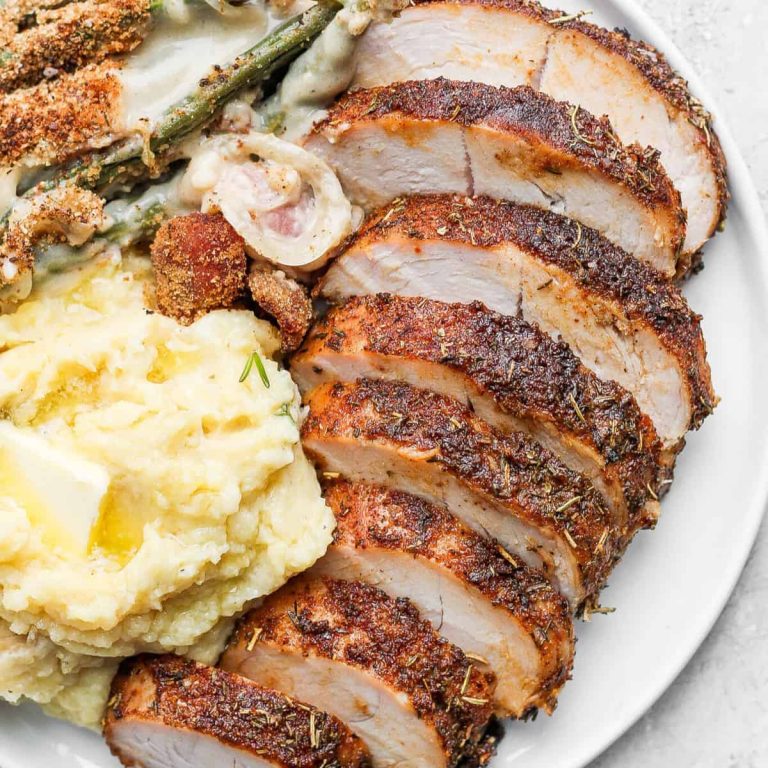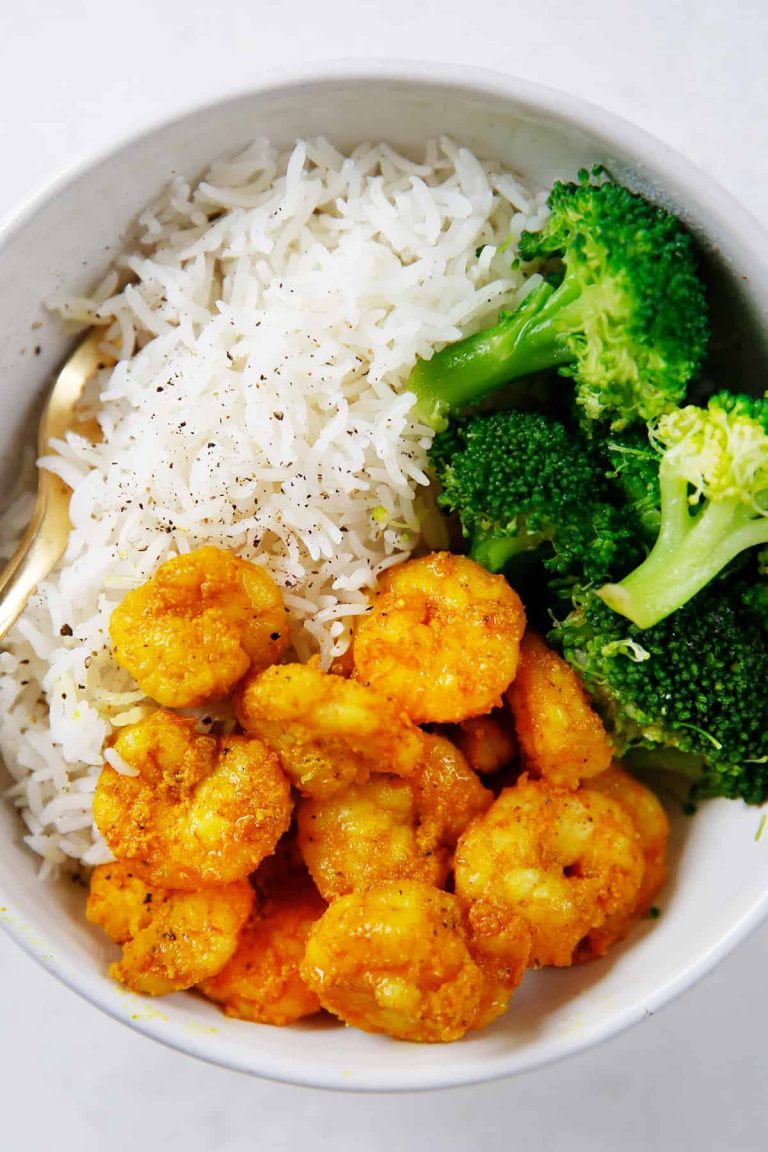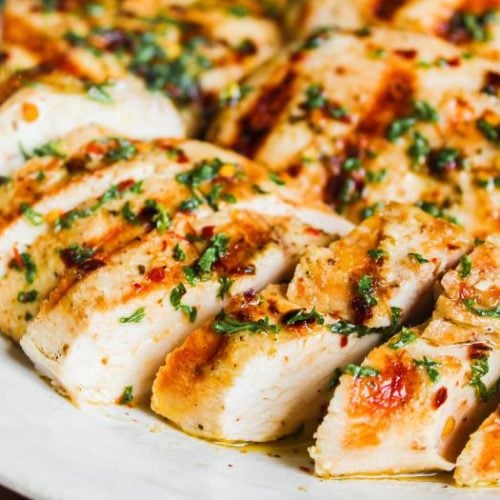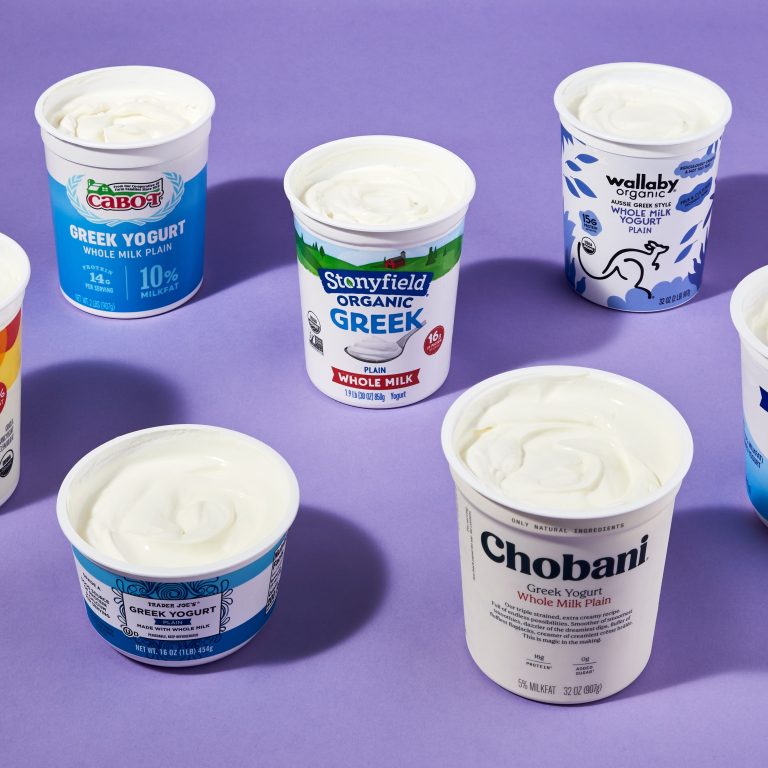Chocolate Chip Cookies for Special Diets: Gluten-Free, Vegan, and More
Gluten-free chocolate chip cookies use gluten-free flour blends. Almond flour and rice flour are typical choices. Look for verified gluten-free oat flour to add a chewy texture. Adding xanthan gum improves dough elasticity and mimics gluten properties. Ensure all ingredients, including baking powder and chocolate chips, are certified gluten-free to avoid cross-contamination. Bob’s Red Mill and King Arthur brands offer trusted gluten-free products.
Vegan Varieties
Vegan chocolate chip cookies omit animal products. Use plant-based butter and milk alternatives, such as almond milk, to replace dairy. For eggs, flaxseeds or chia seeds mixed with water provide an effective substitute. Opt for dairy-free chocolate chips like those from Enjoy Life or Lily’s. Check that sugars used are free from bone char processing; organic sugars generally meet this criterion. Recipes utilizing these substitutes result in cookies that are both vegan-friendly and delicious.
Low-Carb Alternatives
Low-carb chocolate chip cookies focus on reducing carbohydrate content. Almond flour or coconut flour replaces traditional flour. Use erythritol or stevia instead of sugar to lower carb count. These options help maintain sweetness without spiking blood sugar levels. Lily’s offers low-carb chocolate chips sweetened with stevia. Incorporating these ingredients maintains texture and flavor while keeping carbs minimal.
Ingredients for Special Diet Cookies
Healthy Substitutes for Sugar
Several sugar substitutes maintain cookie sweetness without the health drawbacks. Erythritol, a sugar alcohol, mimics sugar’s sweetness with fewer calories. Monk fruit sweetener, derived from monk fruit, offers a zero-calorie, zero-carb alternative. Stevia, a plant-based sweetener, provides an intense sweetness ideal for low-carb diets. Use these substitutes in the same quantity as sugar to retain the desired cookie texture and flavor.
- Erythritol: Fewer calories, mimics sugar’s sweetness.
- Monk Fruit Sweetener: Zero-calorie, zero-carb, derived from monk fruit.
- Stevia: Plant-based, provides intense sweetness.
Alternative Flours and Their Impact
Alternative flours cater to dietary restrictions without compromising taste and texture. Almond flour, rich in healthy fats, offers a moist cookie texture suitable for gluten-free and low-carb diets. Coconut flour, high in fiber, absorbs more liquid, making cookies denser. Choose oat flour for a mild flavor, adding a slight chewiness while ensuring gluten-free compliance. Assess each flour’s moisture needs and adjust ingredients accordingly to maintain consistency.
- Almond Flour: Moist texture, suitable for gluten-free and low-carb diets.
- Coconut Flour: High in fiber, absorbs more liquid, creates denser cookies.
- Oat Flour: Mild flavor, adds chewiness, gluten-free compliant.
Baking Techniques for Special Diet Cookies
Adjusting Baking Times and Temperatures
Different ingredients affect baking times and temperatures, so pay attention to how your alternative ingredients behave. Gluten-free flours (like almond flour and coconut flour) tend to cook faster than wheat flour. Reduce your baking time by 3-5 minutes when using these flours.
If you’re using plant-based butters, they often contain more water, which can alter baking behavior. Increase the oven temperature by 10-15°F to account for this change. For low-sugar cookies using substitutes like erythritol, reduce the baking temperature by about 25°F to avoid excessive browning. Check for doneness more frequently with these adjustments.
Tips for Achieving the Perfect Texture
Texture can vary with different ingredients, so experimenting with ratios helps. For gluten-free cookies, use a combination of almond flour, coconut flour, and a binding agent such as xanthan gum or psyllium husk to mimic the elasticity of gluten. A good ratio is 2:1:0.5 (almond flour : coconut flour : xanthan gum).
Plant-based butters can result in softer cookies. Add a small amount of cornstarch (1-2 tablespoons per cup of flour) to create a firmer texture. For low-sugar recipes using alternatives like erythritol, blending in a mashed banana or unsweetened applesauce (1/4 cup per 1 cup erythritol) helps maintain moisture and prevent dryness.
Maintaining cookie consistency across dietary restrictions involves precise adjustments to ingredients, baking times, and temperatures. Master these techniques to ensure your chocolate chip cookies are delicious and meet special dietary needs.
Popular Brands and Homemade Recipes
Store-Bought Chocolate Chip Cookies for Special Diets
Finding the right store-bought chocolate chip cookies can make your life easier if you’re on a special diet. Many brands offer options catering to various dietary restrictions.
- Simple Mills: Their almond flour chocolate chip cookies are gluten-free and use coconut sugar as a natural sweetener.
- Enjoy Life: Famous for their allergy-friendly products, their chocolate chip cookies are free from gluten, dairy, soy, and nuts.
- Partake Foods: These cookies are certified gluten-free, vegan, and free of the top 8 allergens, making them a top choice for those with multiple dietary needs.
These brands ensure that you can enjoy delicious chocolate chip cookies without worrying about your dietary restrictions. Pay attention to the labels for specific certifications like “gluten-free” or “vegan” to ensure they meet your needs.
DIY Recipes That Everyone Will Love
Homemade recipes allow for flexibility, ensuring you meet all your dietary restrictions while still enjoying chocolate chip cookies.
- Gluten-Free Recipe: Use a blend of almond and oat flours for a rich, nutty flavor. Combine with xanthan gum to ensure a chewy texture. Swap traditional sugar with coconut sugar for added depth.
- Vegan Recipe: Replace eggs using flaxseed meal mixed with water (1 tbsp flaxseed + 3 tbsp water = 1 egg). Use vegan butter and dairy-free chocolate chips for a completely animal-free treat.
- Keto-Friendly Recipe: Almond flour and a sugar substitute like erythritol make an excellent base. Add high-quality dark chocolate chips to keep the net carbs low.
These DIY recipes aren’t just for those with dietary restrictions; they’re tasty enough for everyone to enjoy. Experiment with different ingredients to find what works best for your taste and texture preferences.
Conclusion
With the right ingredients and techniques, you can enjoy chocolate chip cookies regardless of your dietary restrictions. Whether you prefer store-bought options from trusted brands or homemade recipes tailored to your needs, there’s a delicious solution out there for you. Embrace the flexibility in your baking to create cookies that not only meet your dietary requirements but also satisfy your taste buds. So, grab your favorite ingredients and start baking your perfect batch of chocolate chip cookies today.






